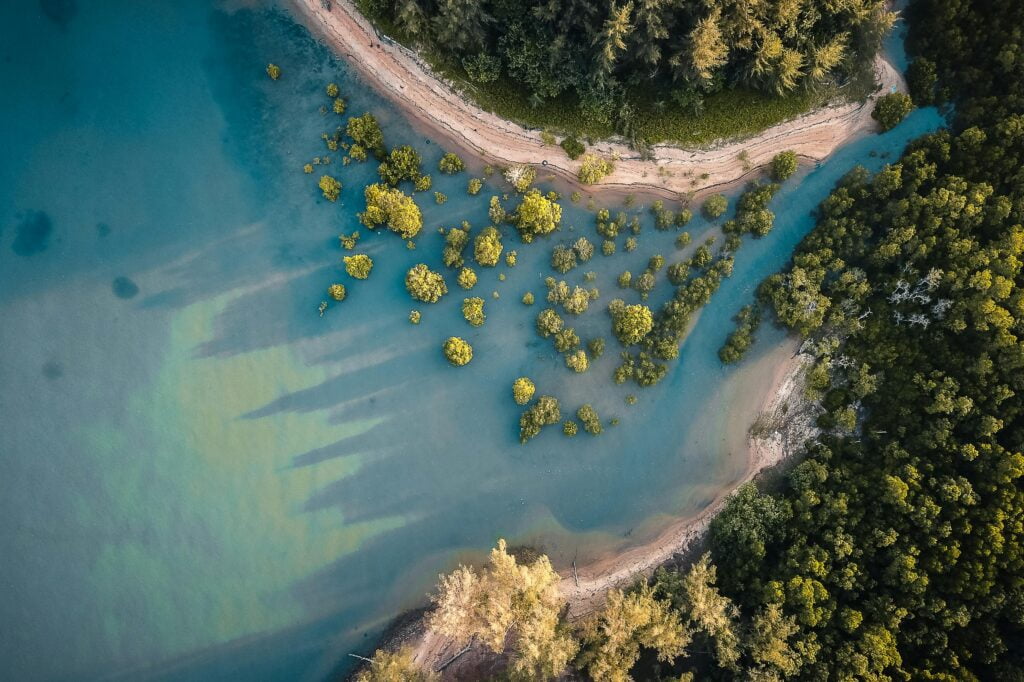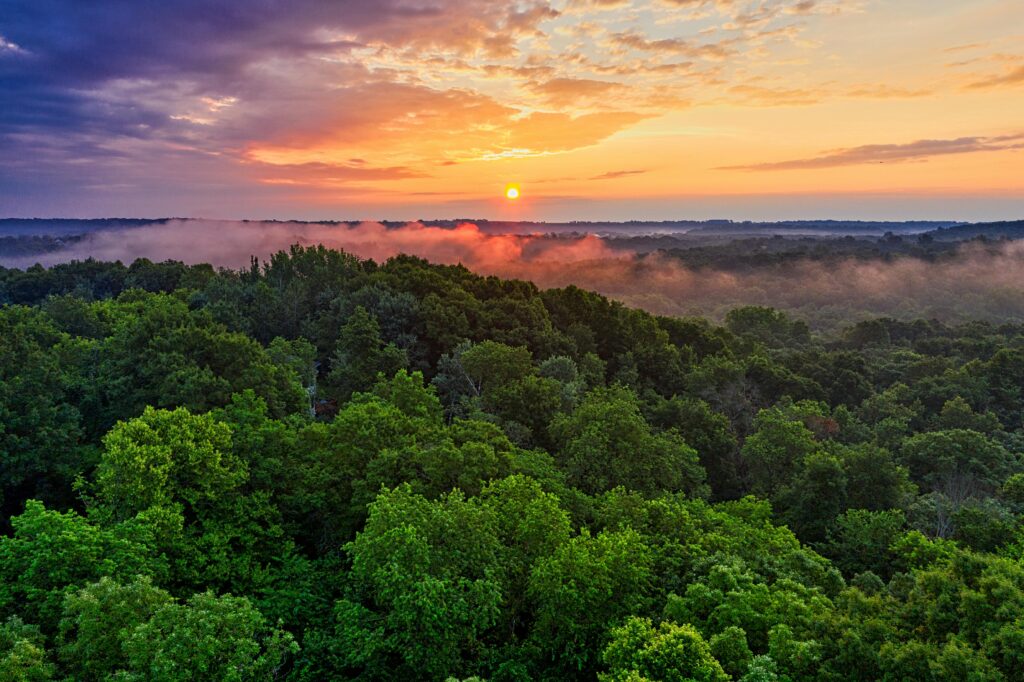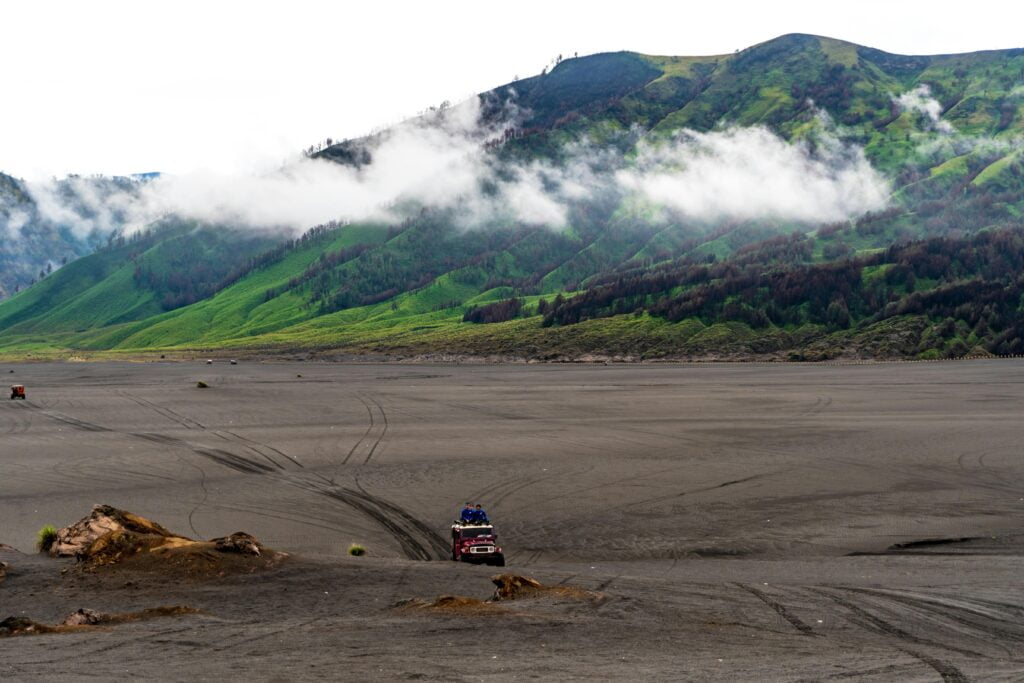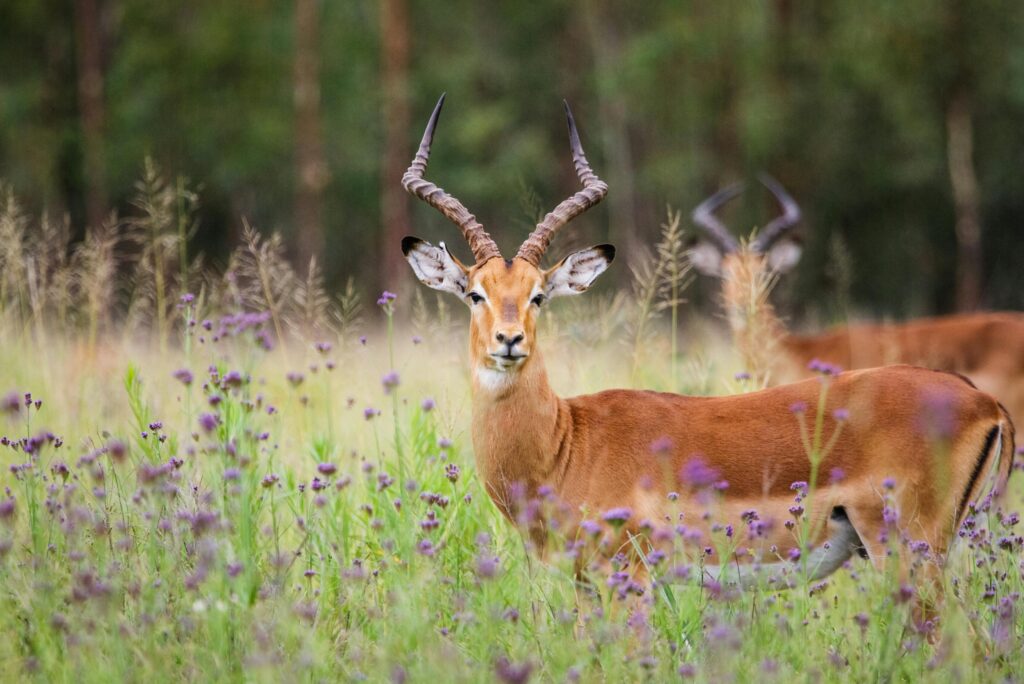Tanzania’s Unique Wildlife Sounds: A Symphony of Nature
Embarking on a safari with Future African Safari is not just a visual feast but also an auditory delight. Tanzania’s diverse ecosystems are home to a rich tapestry of wildlife sounds that create a mesmerizing symphony of nature. From the thunderous roars of lions to the melodic calls of birds, each sound plays a crucial role in the intricate web of life. Join us as we explore Tanzania’s unique wildlife sounds and discover how these natural melodies enhance your safari experience. https://www.youtube.com/watch?v=U-neAggQddI&t=569s The Rhythmic Roars of the Lion No safari is complete without the powerful roar of the African lion. Revered as the king of the savannah, the lion’s roar serves multiple purposes in their social structure. Communication Across Distances: A lion’s roar can be heard up to five miles away, allowing pride members to communicate their presence and territory boundaries. Intimidation and Defense: Roaring deters rival males and potential threats, ensuring the safety and dominance of the pride. Bonding and Social Cohesion: Roars reinforce social bonds within the pride, maintaining harmony and cooperation among members. Where to Hear It: Serengeti National Park is one of the best places to experience the majestic roar of lions, especially during dusk and dawn when these powerful sounds echo across the plains. The Melodic Songs of Birds Tanzania’s rainforests and savannahs are alive with the songs of countless bird species, each contributing to the country’s vibrant soundscape. Sunbirds: These small, brilliantly colored birds produce sweet, melodious tunes that add a lyrical quality to the mornings. African Grey Parrots: Known for their intelligence and mimicry, these parrots can imitate a variety of sounds, creating a lively and dynamic atmosphere. Lilac-breasted Roller: Their distinctive calls and colorful plumage make them a favorite among birdwatchers, enhancing the sensory experience of your safari. Where to Hear It: Visit the Usambara Mountains or Lake Manyara National Park for some of the most diverse and enchanting bird songs in Tanzania. The Tranquil Tunes of Waterfalls and Rivers The soothing sounds of flowing water provide a serene backdrop to Tanzania’s wild landscapes, offering moments of peace and reflection. Rufiji River: The gentle gurgling of the Rufiji River creates a calming ambiance, perfect for evening game drives and relaxation. Ngorongoro Crater Waterfalls: The cascading waterfalls within the crater produce a harmonious melody that complements the stunning views and abundant wildlife. Old Moshi Bridge: The sound of water flowing beneath this historic bridge adds to the charm of the surrounding area, creating a picturesque and tranquil setting. Where to Hear It: Explore the Ngorongoro Conservation Area and the vicinity of Old Moshi Bridge to immerse yourself in the tranquil sounds of Tanzanian waterways. The Vibrant Calls of Insects and Reptiles Beyond the prominent sounds of large animals and birds, Tanzania’s ecosystems are filled with the subtle and intricate sounds of insects and reptiles. Crickets and Cicadas: These nocturnal creatures create a constant, rhythmic chorus that accompanies your night-time safari, adding depth to the natural soundscape. Chameleons and Geckos: While generally silent, their movements and occasional clicks or chirps contribute to the overall harmony of the environment. Cicada Calls: The loud, distinctive calls of cicadas during the dry season signal the changing rhythms of the Tanzanian landscape. Where to Hear It: Night safaris in areas like Tarangire National Park and the Serengeti offer the best opportunities to hear the vibrant sounds of insects and reptiles. The Harmonious Howls of Hyenas Hyenas are often misunderstood, but their vocalizations are a fascinating aspect of Tanzania’s wildlife sounds. Laughing Hyenas: These distinctive calls resemble human laughter and are used for communication within the clan, signaling everything from excitement to tension. Howling Hyenas: Hyenas use howls to coordinate hunting activities and maintain social bonds within the clan. Where to Hear It: Selous (Nyerere) National Park is an excellent location to experience the unique vocalizations of hyenas, especially during the cooler parts of the day. Conservation Through Sound Awareness Understanding and appreciating Tanzania’s unique wildlife sounds fosters a deeper connection to the environment and underscores the importance of conservation. Awareness and Education: Listening to wildlife sounds educates visitors about animal behaviors and their roles in the ecosystem. Supporting Conservation Efforts: By participating in guided sound-focused tours, you contribute to the protection and preservation of Tanzania’s natural habitats and their inhabitants. Promoting Responsible Tourism: Encouraging respectful and mindful listening ensures that your presence does not disturb the natural behaviors of wildlife, supporting sustainable tourism practices. Tips for Experiencing Tanzania’s Wildlife Symphony Maximize your auditory safari experience with these practical tips: Bring Quality Audio Equipment: A good pair of binoculars with built-in audio capabilities or a portable recorder can enhance your ability to capture and appreciate wildlife sounds. Participate in Guided Tours: Expert guides can help you identify and understand the various sounds, enriching your overall experience. Be Patient and Silent: Move quietly and stay patient to fully immerse yourself in the natural symphony, allowing you to hear the subtle and diverse sounds of the wilderness. Choose the Right Times: Early mornings and late afternoons are ideal for hearing the most active and varied wildlife sounds. Experience the Symphony of Nature with Future African Safari Tanzania’s unique wildlife sounds create an unforgettable auditory experience that complements the visual splendor of your safari. At Future African Safari, we are dedicated to providing immersive and responsible safari experiences that allow you to fully appreciate the harmonious melodies of Tanzania’s natural world. Our expert guides, thoughtfully designed itineraries, and commitment to conservation ensure that your adventure is both enriching and sustainable. Ready to listen to Tanzania’s natural symphony? Contact Future African Safari today to customize your auditory safari experience and embark on a journey that celebrates the harmonious sounds of Africa’s wild landscapes. Explore more about our safari packages and discover the best of Tanzania with Future African Safari. Your unforgettable African adventure starts here! Kilimanjaro 3 tours Safari 9 tours Zanzibar 3 tours
Tanzania’s Unique Wildlife Sounds: A Symphony of Nature Read More »











